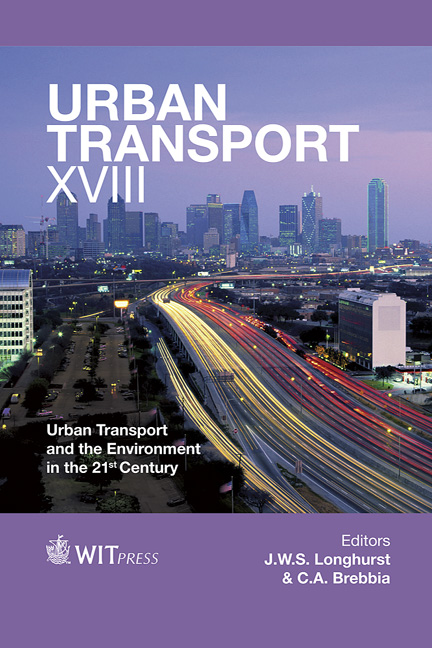Certain Considerations In The Alignment Design Of Urban Railways
Price
Free (open access)
Transaction
Volume
128
Pages
12
Page Range
649 - 660
Published
2012
Size
583 kb
Paper DOI
10.2495/UT120551
Copyright
WIT Press
Author(s)
B. Kufver & G. Hallert
Abstract
Railway alignment has a high degree of permanence and should be seen in a context of at least 100 years. Installations such as track superstructure, catenary system, etc., are less permanent since these subsystems are commonly renewed without alteration of the alignment. When new lines are built, there are relatively few obstacles along the route, and the available terrain corridor allows a relatively large number of possible alignment alternatives. There are only a few international standards for alignment design of railways (including urban railways), and they should be recognised as standards presenting limits and not as design handbooks or design manuals giving recommendations or normal design values. The present paper discusses the application of European standards in an overseas project (a new commuter railway), and the need for further design criteria where margins to the limits in the standard can be achieved at no or low cost. Such design criteria should focus on provisions for changed operational requirements, such as future turnouts, introduction of skip-stop trains and a general increase in permissible speeds. Furthermore, certain risks with modern slab tracks instead of traditional ballasted tracks are discussed. Keywords: alignment design, European standards, ENV 13803-1, EN 13803-1. 1 Introduction The present conference paper describes and discusses the application of European standards for track alignment in a project where an urban railway for commuter traffic (maximum permissible speed 160 km/h, inter-station distances from 1 km up to 14 km) was designed in a country which did not have any national standards for railways. In this particular project, the contractor’s
Keywords
alignment design, European standards, ENV 13803-1, EN 13803-1.





